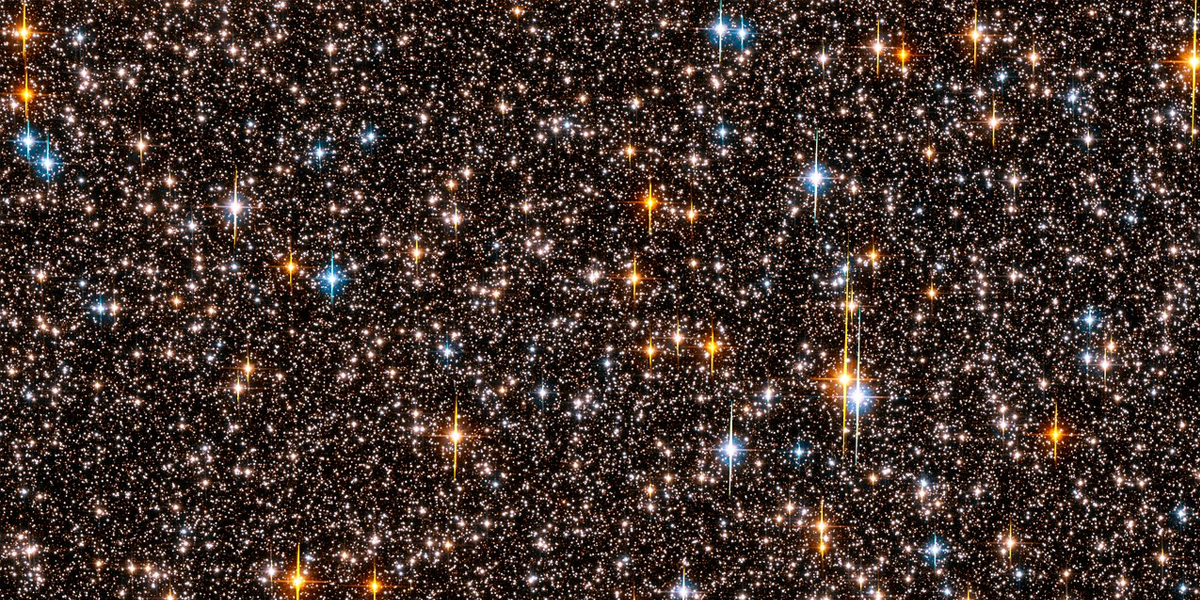
- This event has passed.
Family Astronomy Night, Wednesday, April 6, 2022 at 7 PM EST – VIRTUAL EVENT
April 6, 2022 @ 7:00 pm - 8:30 pm EDT
FREE
Stars: Wonders of the Night
At night, under a dark sky, we can see thousands of stars. How many can we see? And how many are there? Some are much brighter than others. Why is that? And what can we do with that information? Many stars have names—some more than one. Where do those star names come from? Who named them, and when? Some stars seem to have color. Why is this, and what does it tell us? Stars move as a group and individually. Who first discovered that the stars actually move? And how was it done? How far away are the stars? Which one is closest to us? Which is furthest? What are stars made of? One more extremely important question: how do stars produce so much energy? And what data do we have to show this? Finally, which of them are making their best appearances this month, and where are the planets traveling among them? Join us by Zoom to learn more!
We will describe how humanity learned what we know about stars: observations by eye, by telescope, and studies using mathematics and experiment. Along the way, we will provide answers to all the questions raised above. Finally—are you ready to learn about the most distant stars? For our monthly technology update, we will focus on the furthest star we have ever found—a star whose discovery was announced just this week!
And, as always, we will show you how to find many fun things in the sky this month. Have you noticed that the constellation of Orion is now lying face-down in the west? Did you know that mighty Hydra, the largest and longest of all constellations, is now completely visible in the south? Or that Cancer, Leo, and Virgo (the largest constellation in the zodiac) are now well-suited for viewing? Were you aware that, near the end of this month, all five naked-eye planets will be visible in a single night? We will help you see all of these things for yourself.
Free event! Please register below to receive the Zoom login. You may register up to the presentation start time or even during the meeting to join us.
https://msu.zoom.us/webinar/register/WN_QdNi0Oz6QUaTi13hKFvWiA
Time allowed for live Q & A throughout the event. ASL Interpretation featured during the event.
Please join our mailing list to receive notices about upcoming Astronomy Night presentations and other events at St. Andrews!
Michigan State University is committed to providing equal opportunity for participation in all programs, services, and activities. Accommodation for persons with disabilities may be requested by contacting 989 374-9904.
Programming is made possible through the support of several local organizations: the Herbert H. and Grace A. Dow Foundation, the Rollin M. Gerstacker Foundation, the Charles J. Strosacker Foundation, and the Dow Chemical Company Foundation.


